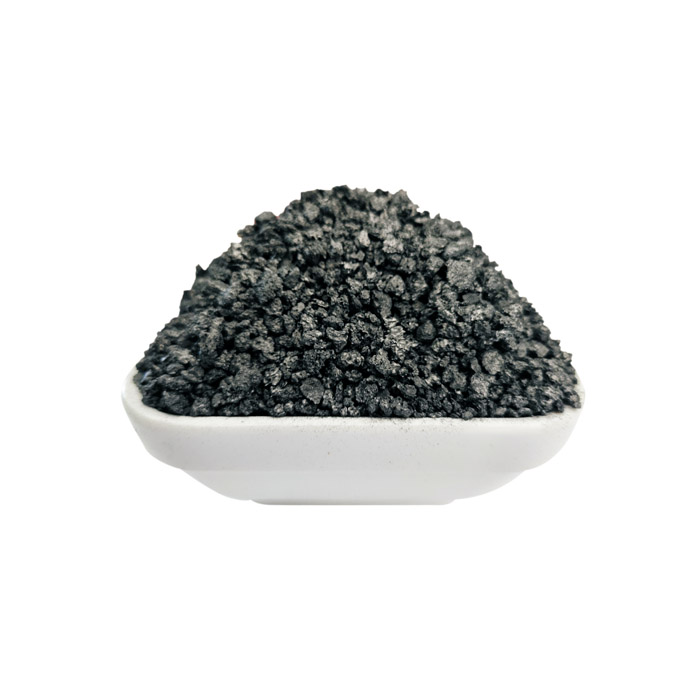Rhag . 25, 2024 08:43 Back to list
high quality wall insulation materials
High-Quality Wall Insulation Materials A Comprehensive Guide
Proper insulation is critical in enhancing the energy efficiency of buildings, reducing energy costs, and ensuring a comfortable living environment. Among various insulation strategies, wall insulation plays a pivotal role. Choosing high-quality wall insulation materials can significantly impact the thermal performance of a structure. In this article, we will explore some of the best materials available, their benefits, and factors to consider when selecting insulation for your walls.
Types of Wall Insulation Materials
1. Fiberglass Insulation One of the most popular insulation materials, fiberglass is made from fine glass fibers. It is available in batts or loose-fill forms, which can be easily installed in walls, ceilings, and floors. Fiberglass insulation has an excellent R-value per inch, providing exceptional thermal resistance. Additionally, it is non-combustible and resistant to moisture. However, proper safety precautions should be taken during installation, as exposure to fiberglass particles can irritate the skin and lungs.
2. Foam Board Insulation Foam board insulation consists of rigid panels made from materials like polystyrene or polyisocyanurate. These boards are lightweight yet offer high insulating performance, with some types exhibiting an R-value of over 6 per inch. Foam board is particularly effective in areas where space is limited since it can provide high insulation value without taking up too much room. Furthermore, it has a moisture-resistant quality, making it suitable for basement walls and exterior applications.
3. Spray Foam Insulation Spray foam insulation is a unique material that expands upon application, filling gaps and creating an airtight seal. It comes in two varieties open-cell and closed-cell foam. Open-cell foam is softer and has lower insulation value (around R-3.5 to R-4 per inch) but is cheaper and effective in soundproofing. Closed-cell foam, on the other hand, has a higher R-value (around R-6 to R-7 per inch) and offers excellent moisture resistance, making it ideal for areas exposed to water.
4. Mineral Wool (Rock Wool) Insulation Mineral wool is made from natural or recycled materials, including basalt rock or slag. This insulation material has a high resistance to fire, making it a safe choice for many applications. Its R-value is comparable to fiberglass, and it also offers superior soundproofing characteristics. Additionally, mineral wool is resistant to mold and mildew, contributing to healthier indoor air quality.
5. Cellulose Insulation Made from recycled paper products, cellulose insulation is an environmentally friendly option that provides exceptional thermal performance. It is often treated with a fire retardant to enhance safety. Cellulose can be blown into walls and is effective at reducing air leakage, thereby improving overall energy efficiency. However, it is important to monitor moisture levels as cellulose can settle over time, potentially reducing its insulating effectiveness.
high quality wall insulation materials

Factors to Consider When Choosing Insulation
When selecting wall insulation, it is essential to consider several factors
- R-Value Opt for materials with a higher R-value for better thermal performance. This value measures insulation's resistance to heat flow; the higher the R-value, the better the insulation. - Moisture Resistance In areas prone to dampness or moisture, choose materials like foam board or spray foam that resist water.
- Fire Resistance Materials such as mineral wool offer superior fire resistance, which can be a crucial consideration for safety.
- Environmental Impact For those looking to reduce their ecological footprint, consider recycled or eco-friendly materials like cellulose insulation.
- Installation Method Some insulation types require professional installation, while others can be a DIY project. Assess your skills and consider hiring professionals if needed.
Conclusion
Investing in high-quality wall insulation materials is a fundamental aspect of creating energy-efficient, comfortable spaces. With various options available, such as fiberglass, foam board, spray foam, mineral wool, and cellulose, property owners must take the time to evaluate their specific needs. By considering the R-value, moisture and fire resistance, environmental impact, and installation method, you can make an informed decision that enhances the sustainability and comfort of your home.
-
Environmentally Friendly Granule Covering Agent: Sustainable Solutions
NewsAug.27,2025
-
High Purity Graphitized Petroleum Coke & Low Nitrogen Recarburiser
NewsAug.26,2025
-
Fe-C Composite Pellets for BOF: Enhance Efficiency, Lower Steelmaking Costs
NewsAug.25,2025
-
Durable Building Material for Round Wall Exporters | Custom Shapes
NewsAug.24,2025
-
Tundish Dry Vibrator: Boost Steel Casting Performance
NewsAug.23,2025
-
Thermal Insulation Cups Materials Exporters - Quality & Durable Supplies
NewsAug.22,2025
